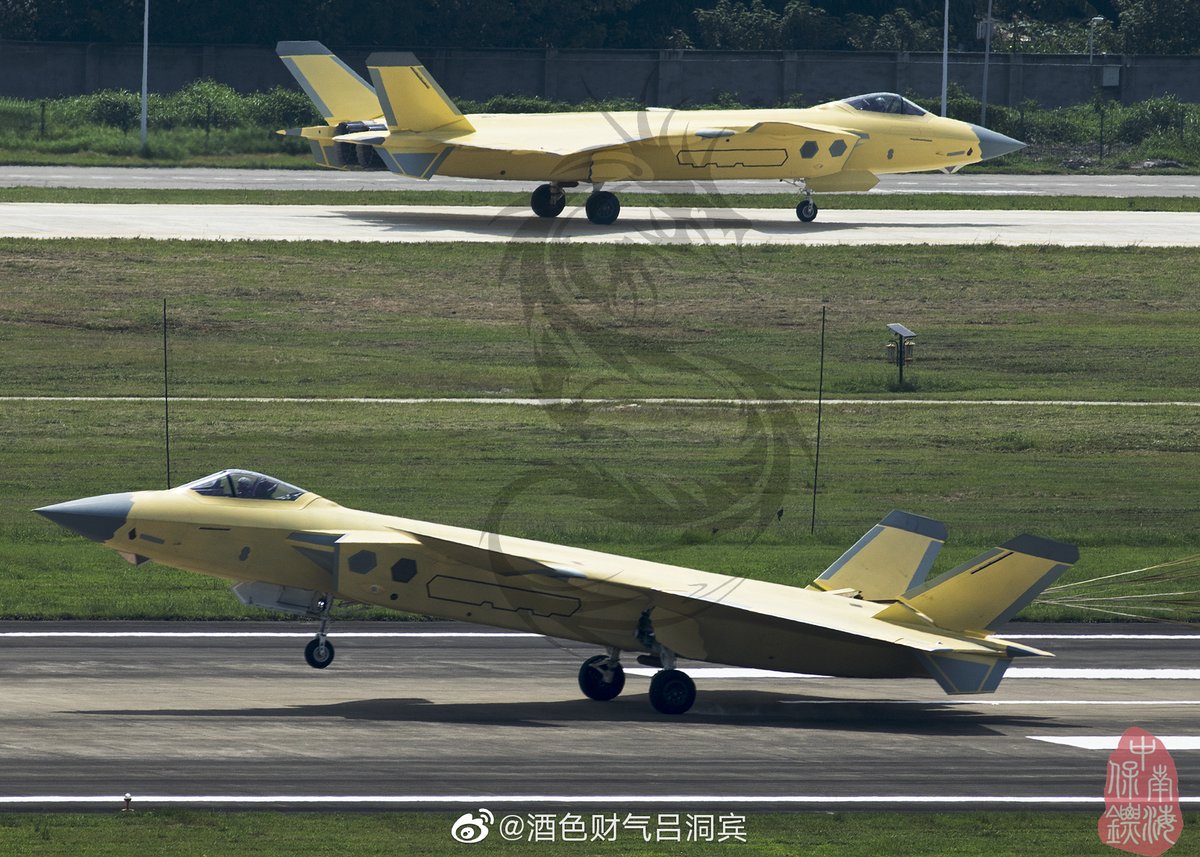But I think the main point of canard configuration is that you go to tailless (stereotypical 6th gen planform) very easily from canards. It's a compromise for supercruise, supersonic maneuverability, and so on vs base stealth (since the forewings are no longer blocking the edge of the tail), but it also offers the potential for TVC-based yaw control while still having back-ups should the TVC system fail.
Actually Dr. Song's rationale was to optimize pitch rate and control of his aft mounted delta design, since OVT was not at that time available, nor was it going to be in the immediate future. In the absence of OVT, the canard and ventral fins would enable recovery from post stall maneuvering, and enhance pitch rate and enhance overall maneuverability and control, especially in the low speed and supersonic flight regimes at both ends of the flight envelope.
You are correct in the theory that if the J-20 were to go eliminate the ruddervators and ventral fins at some point and go tailless?, 3D OVT would possibly enhance yaw control? but I'm not at all convinced that anybody at Chengdu wants to go down that path? as OVT remains in its infancy in Chinese engine technology, having just begun flight test very recently?
It may or may not be a feature of the WS-15 engines? which have yet to be seen or flight tested on the J-20, many knowledgeable folks believing we are looking to at least 2025 to begin flight test of the WS-15 on the J-20.
The fact that J-20 batch production has finally resumed and the J-20 remains in its final pre-production form is indicative of a stable, long term commitment to its present configuration





